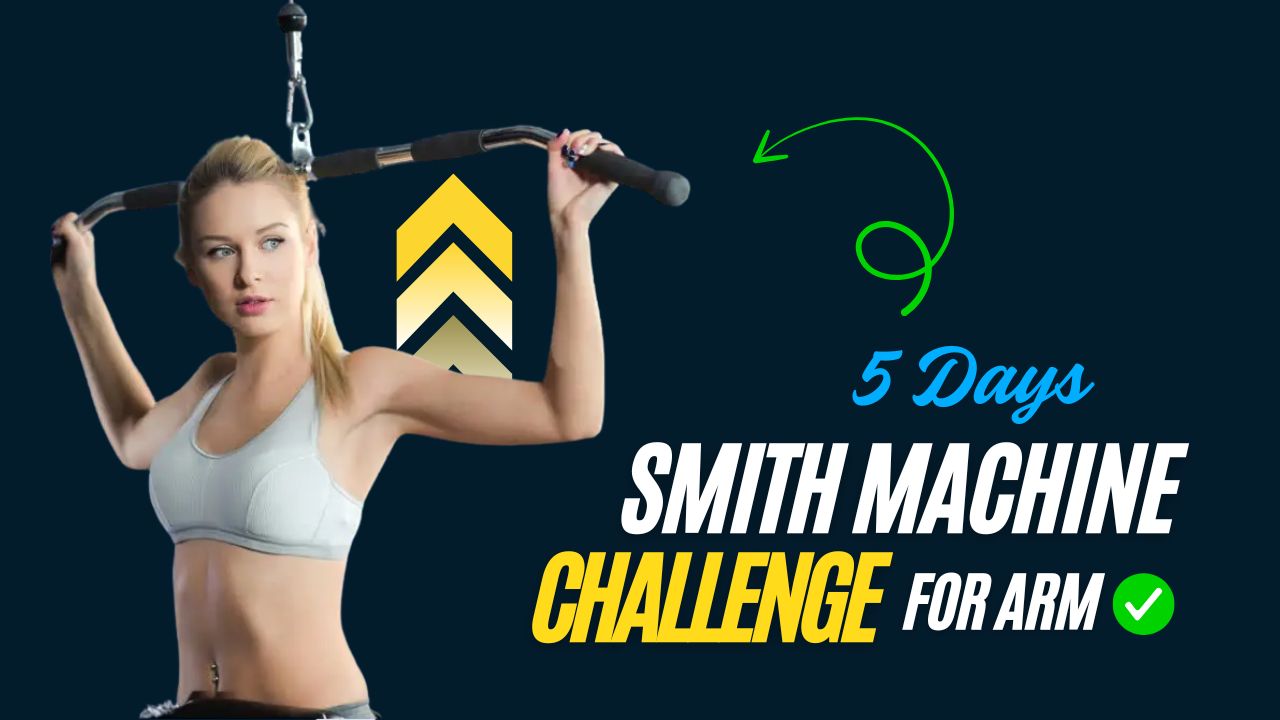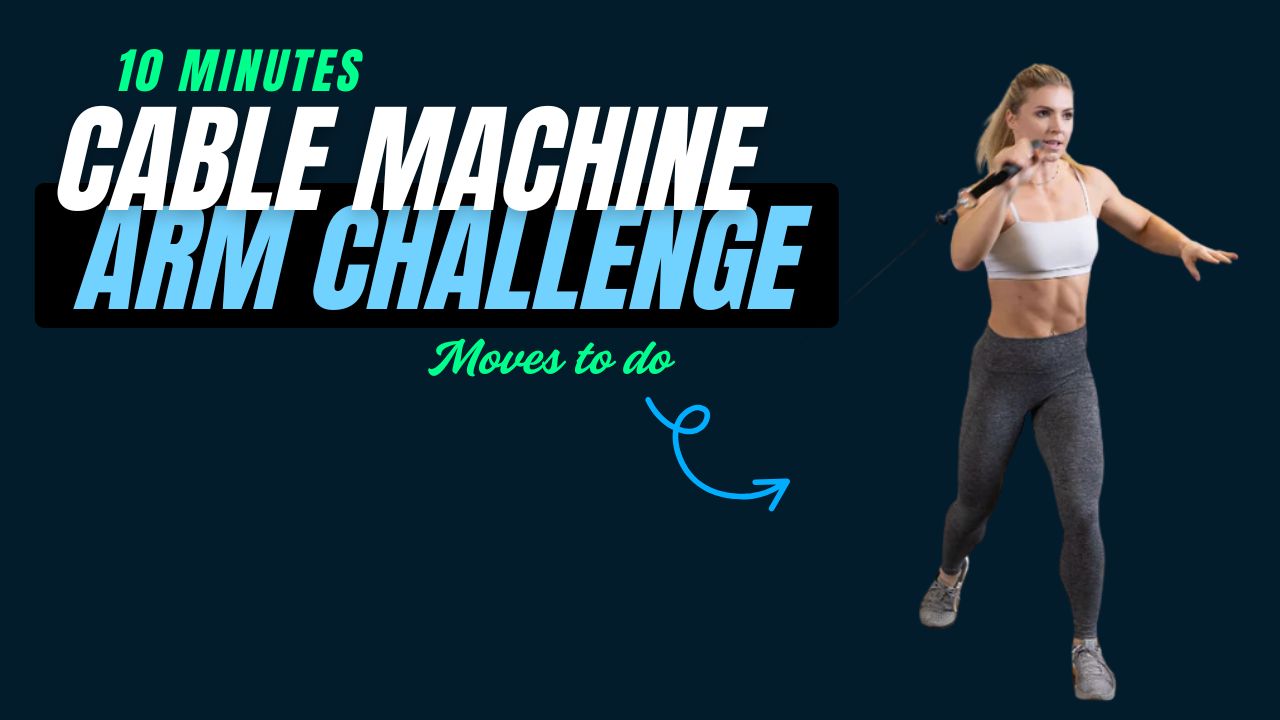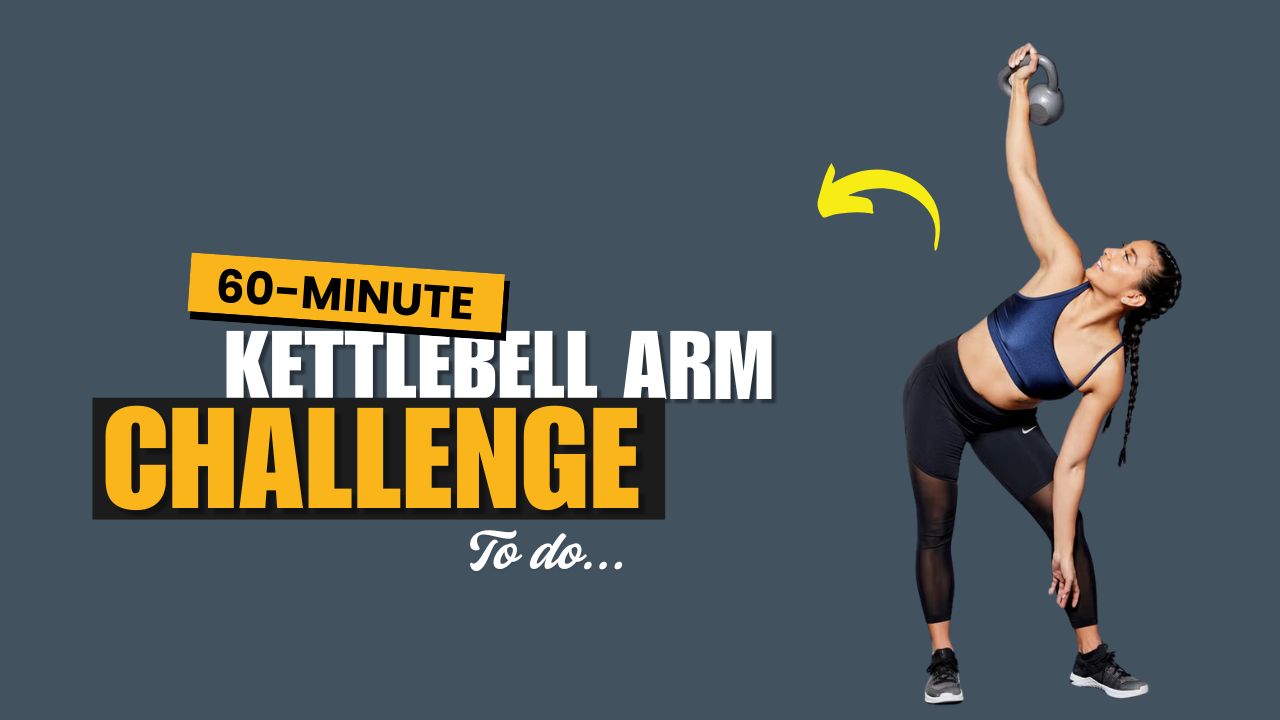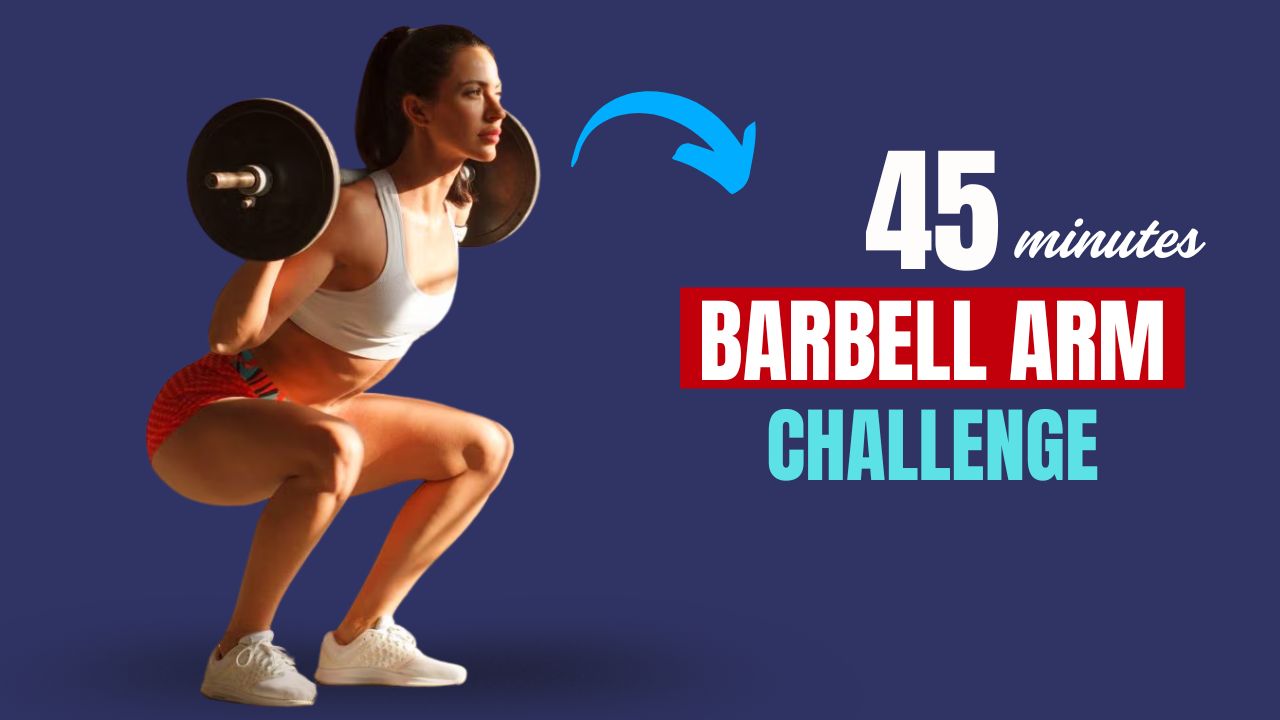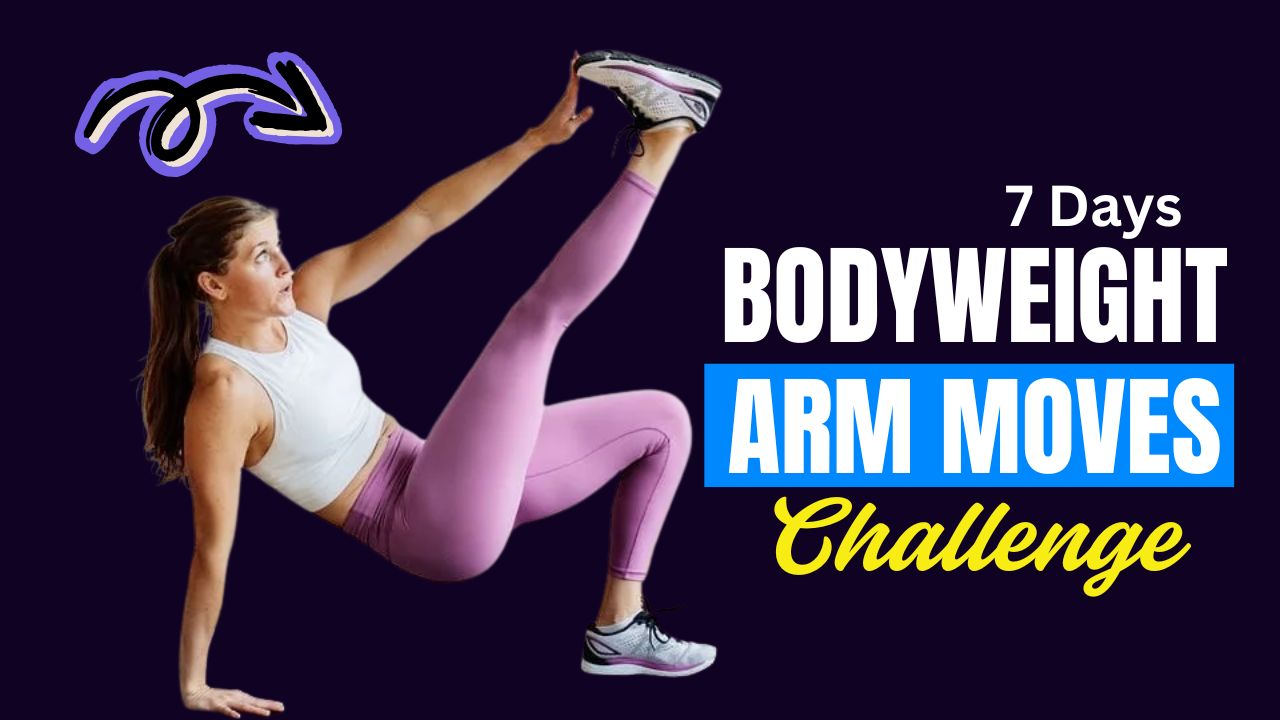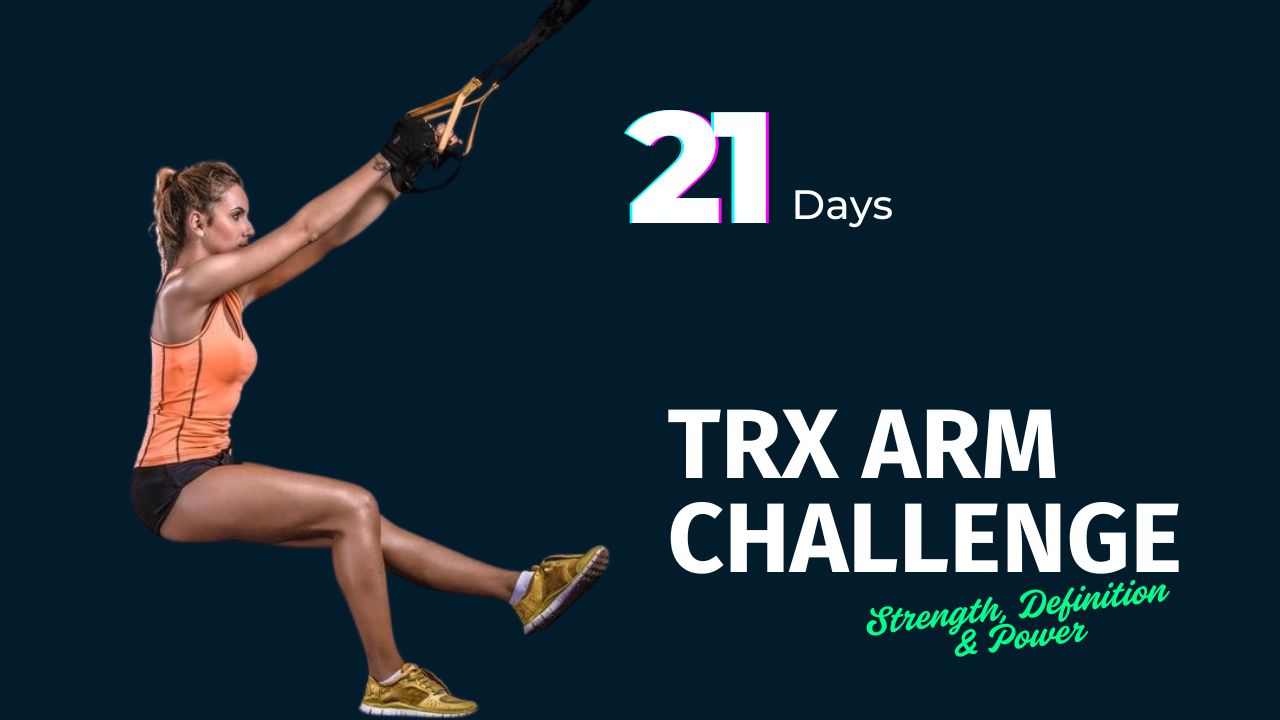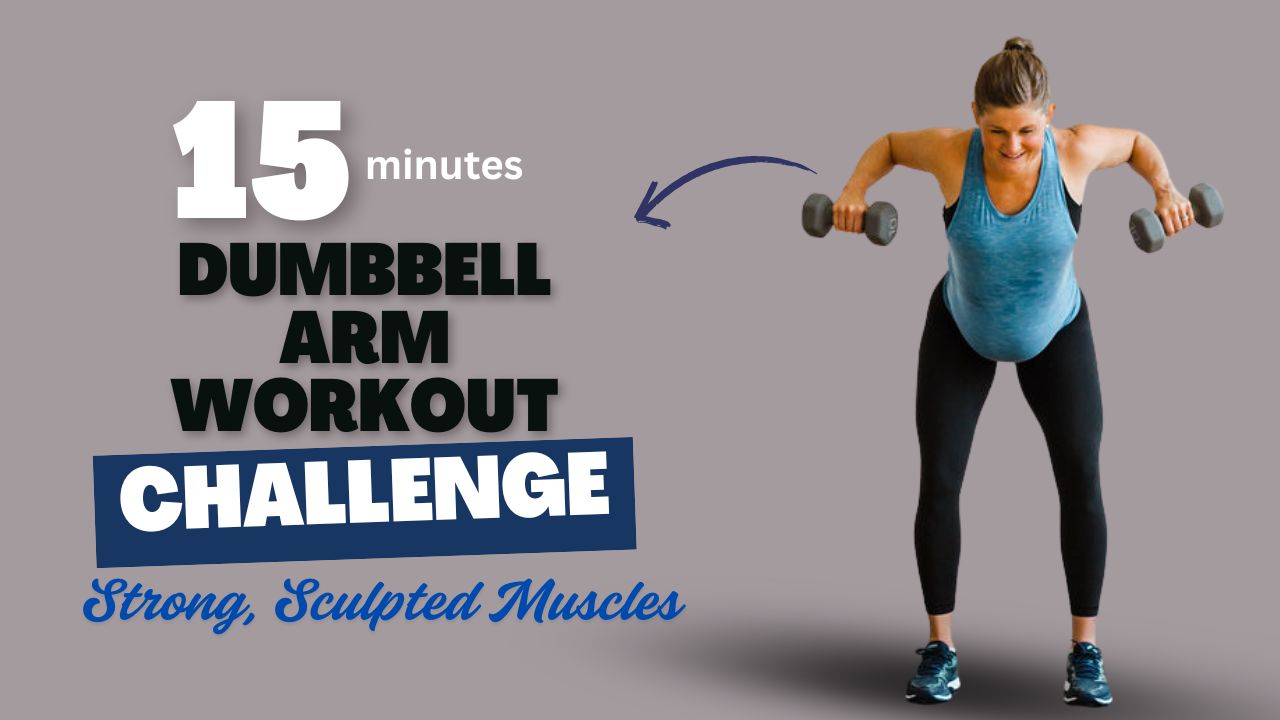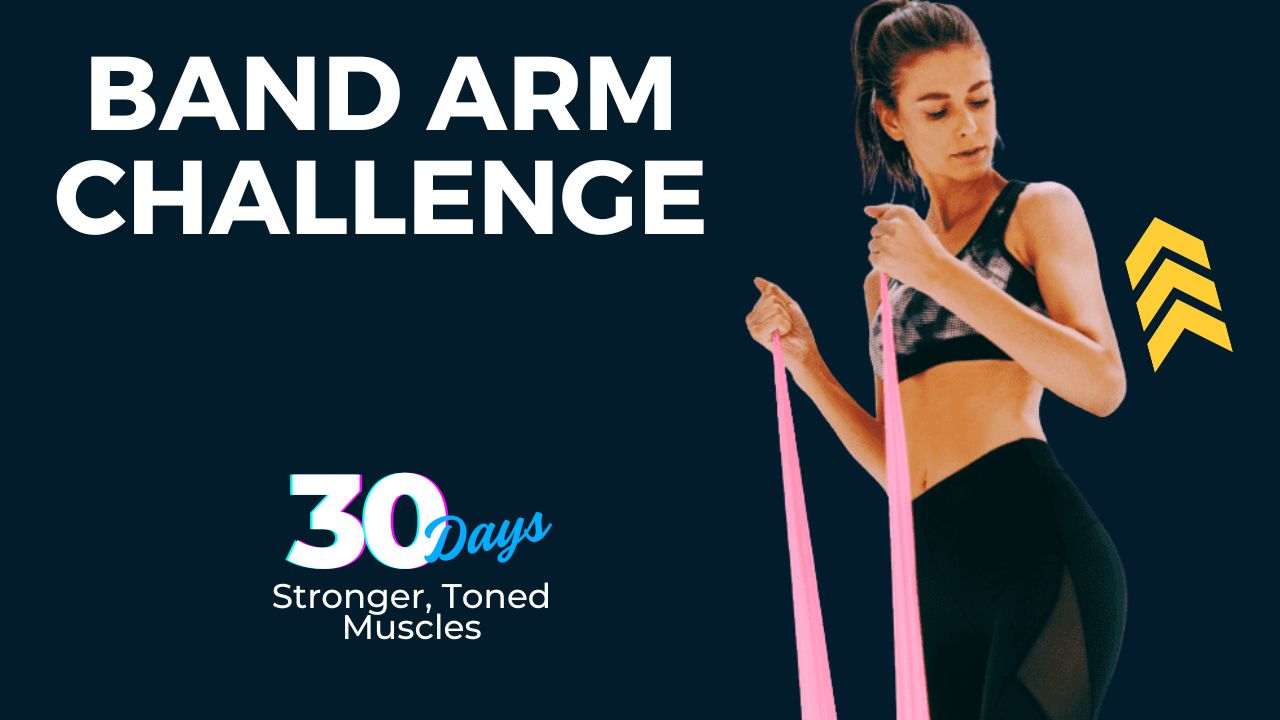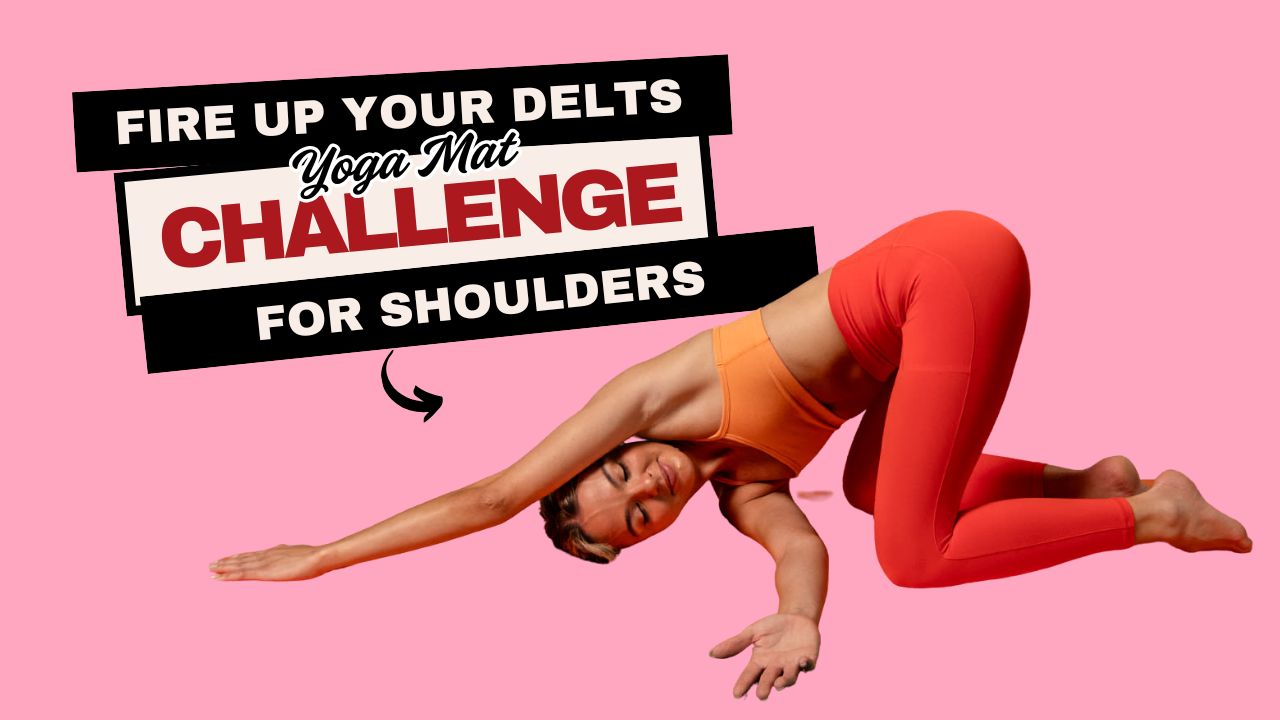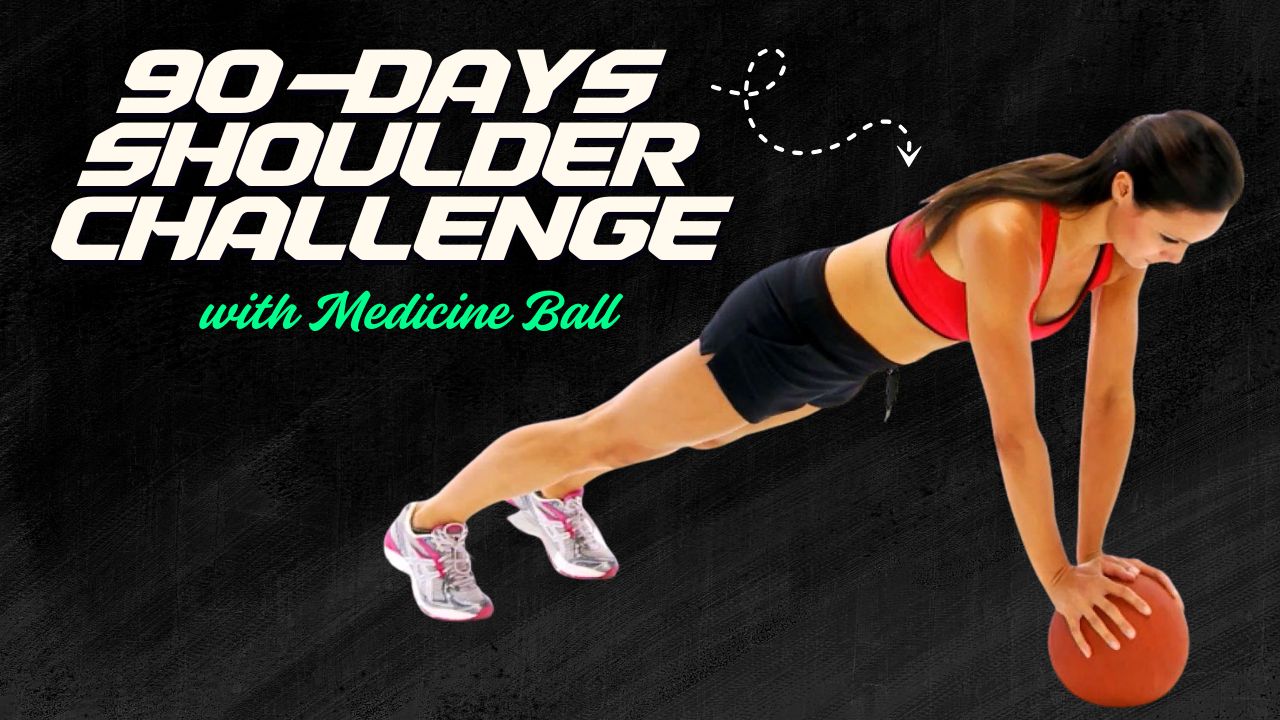Want a stronger, rounder backside without spending hours in the gym? Grab a kettlebell—your glute gains just found a new best friend.
In the world of fitness, glute training has taken center stage—and for good reason. Your glutes are among the largest and most powerful muscle groups in your body, essential not just for aesthetics, but for strength, posture, and injury prevention. Yet, many people overlook just how effective kettlebells can be for sculpting this area.
Did you know? A properly activated glute can enhance athletic performance, protect your lower back, and even improve your metabolic rate—yes, working your butt can help burn more fat overall!
Let’s explore 12 kettlebell glute exercises that are not only beginner-friendly but powerful enough to deliver fast results. These moves target all areas of your glutes—gluteus maximus, medius, and minimus—giving you that rounder, firmer, lifted look.
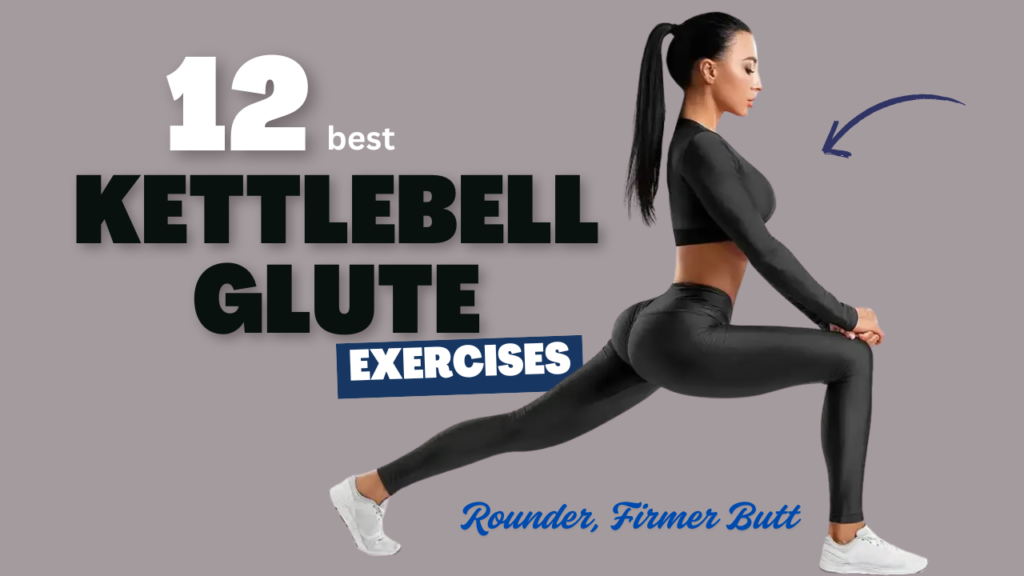
Table of Contents
What Can Happen After 30 Days of Kettlebell Glute Exercises
| Visible & Physical Changes | Performance & Strength Gains | Lifestyle & Health Benefits |
|---|---|---|
| Noticeable lift and firmness in the buttocks | Increased glute strength and power | Better posture and spinal support |
| More defined lower body curves | Improved balance and hip stability | Reduced risk of lower back and knee pain |
| Reduction in fat around hips and thighs (with proper diet) | Better form in squats, deadlifts, and lunges | Boost in daily energy and confidence |
| Rounder, more sculpted glute shape | Enhanced core engagement during workouts | Easier climbing stairs, walking, or running |
| Slight reduction in hip dips due to muscle growth | Greater control in single-leg movements | Motivation to stay consistent with fitness |
| Improved muscle tone in hamstrings and quads | Improved kettlebell technique & endurance | Potential boost in metabolism & fat burn |
Also Read: 10 Barbell Lower Back Workouts to Build Strength and Prevent Pain
Do’s and Don’ts of Kettlebell Glute Workouts
| Do’s | Don’ts |
|---|---|
| Start with proper form, even if it means using a lighter weight | Don’t rush through reps just to finish faster |
| Engage your glutes consciously during each movement | Don’t rely only on your quads or lower back to lift |
| Perform a dynamic warm-up before training | Don’t skip warm-up or mobility drills |
| Keep your core tight to protect your spine | Don’t let your back arch or round during lifts |
| Use a full range of motion in each exercise | Don’t do half reps or cheat the movement |
| Choose a kettlebell weight that challenges but doesn’t compromise form | Don’t lift too heavy if it sacrifices technique |
| Mix up your exercises to avoid plateaus | Don’t repeat the exact same routine every session |
| Rest adequately between sets for maximum performance | Don’t overtrain without allowing recovery |
| Focus on progressive overload for continued results | Don’t expect results overnight without consistency |
| Stay hydrated and nourish your body for muscle growth | Don’t ignore recovery, sleep, or nutrition |
1. Kettlebell Sumo Deadlift
How to do it:
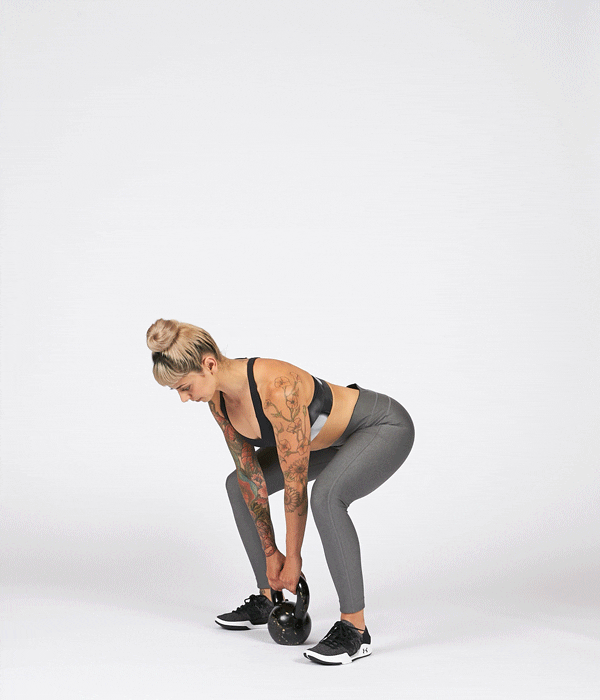
- Stand with feet wider than shoulder-width, toes slightly pointed out.
- Hold the kettlebell with both hands in front of you.
- Push your hips back and bend your knees to lower the kettlebell.
- Squeeze your glutes as you return to standing.
Benefits:
Targets glutes and inner thighs. Great for posture and core activation.
Also Read: 10 Barbell Tricep Workouts to Build Horseshoe Arms Fast
2. Kettlebell Goblet Squat
How to do it:
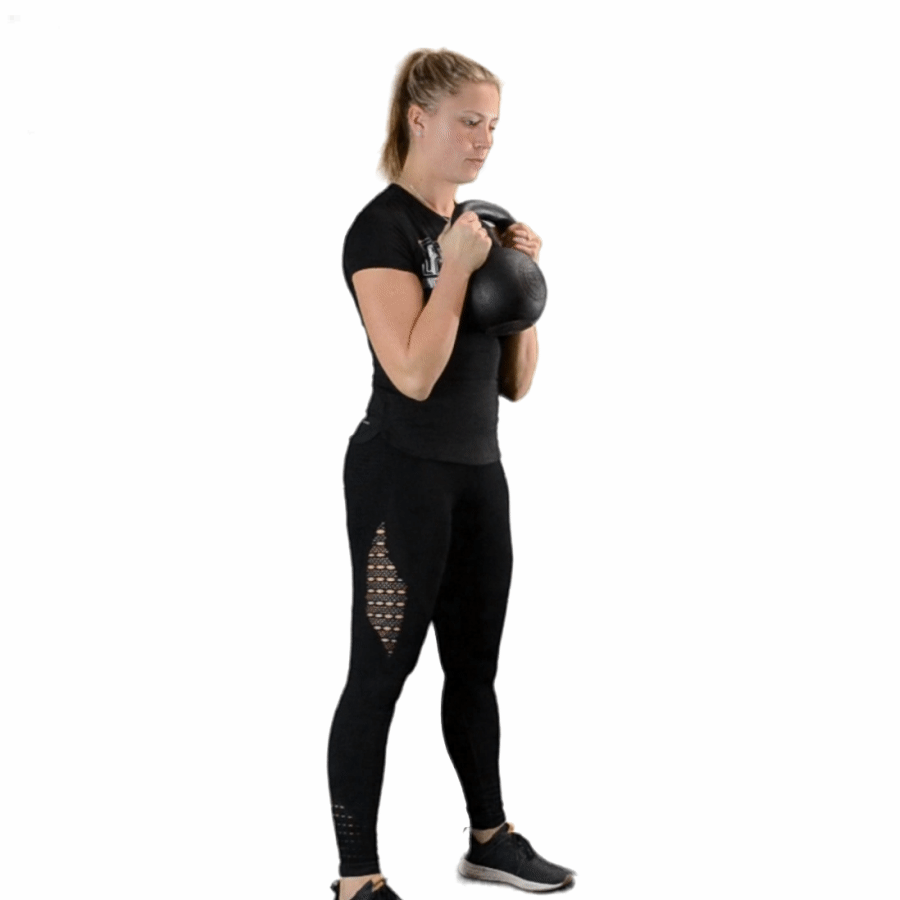
- Hold the kettlebell at chest height.
- Lower into a deep squat while keeping the chest upright.
- Push through heels and squeeze glutes to return up.
Benefits:
Excellent for building depth in the glutes and improving hip mobility.
3. Kettlebell Swing
How to do it:
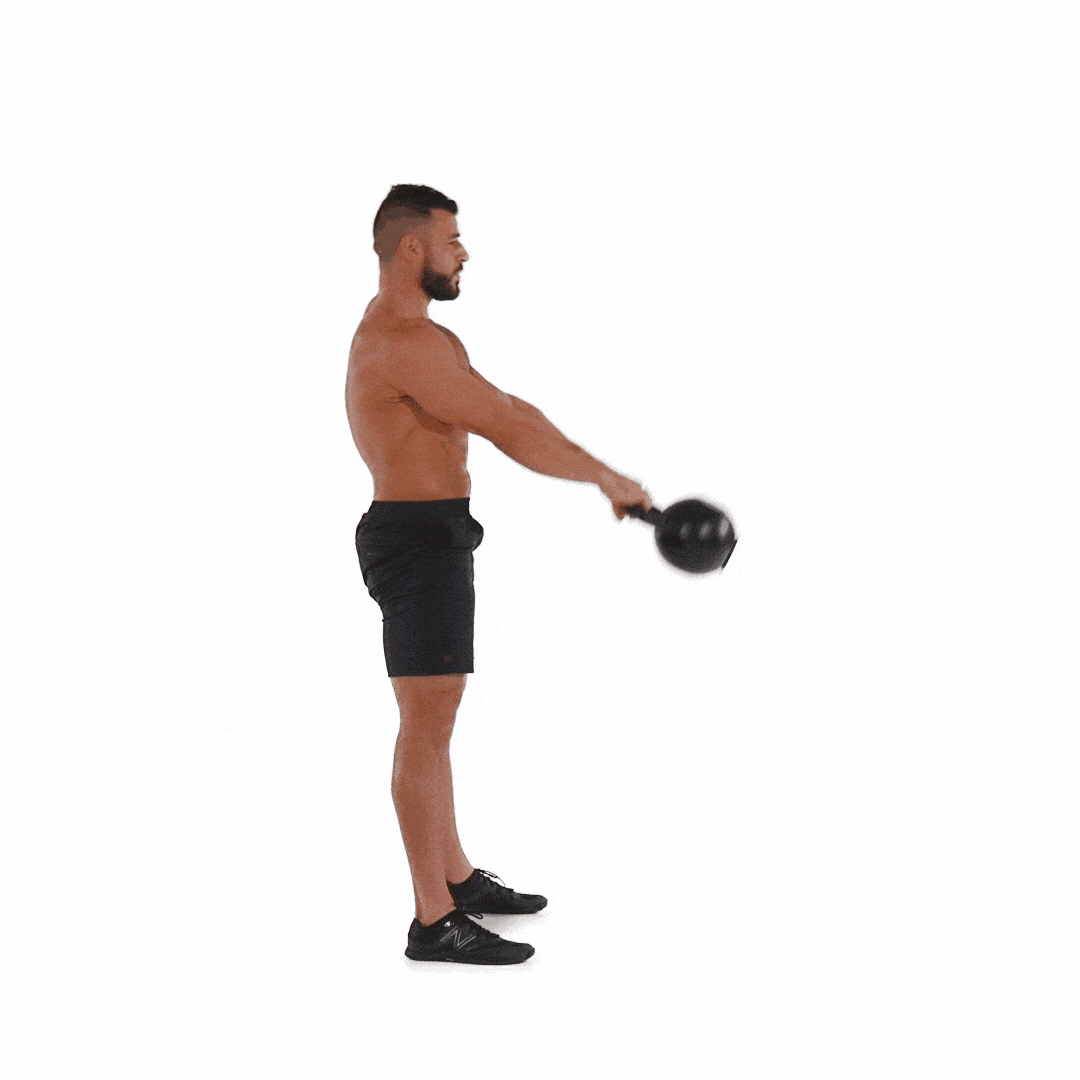
- Start with feet shoulder-width apart, kettlebell on the floor.
- Hinge at the hips and swing the kettlebell back between the legs.
- Drive hips forward explosively to swing it up to chest height.
- Let the bell fall back and repeat.
Benefits:
Perfect for glute power, fat-burning, and posterior chain development.
Myth Buster: Many believe swings work the arms more—but it’s actually your glutes and hips doing the heavy lifting!
4. Kettlebell Hip Thrust
How to do it:
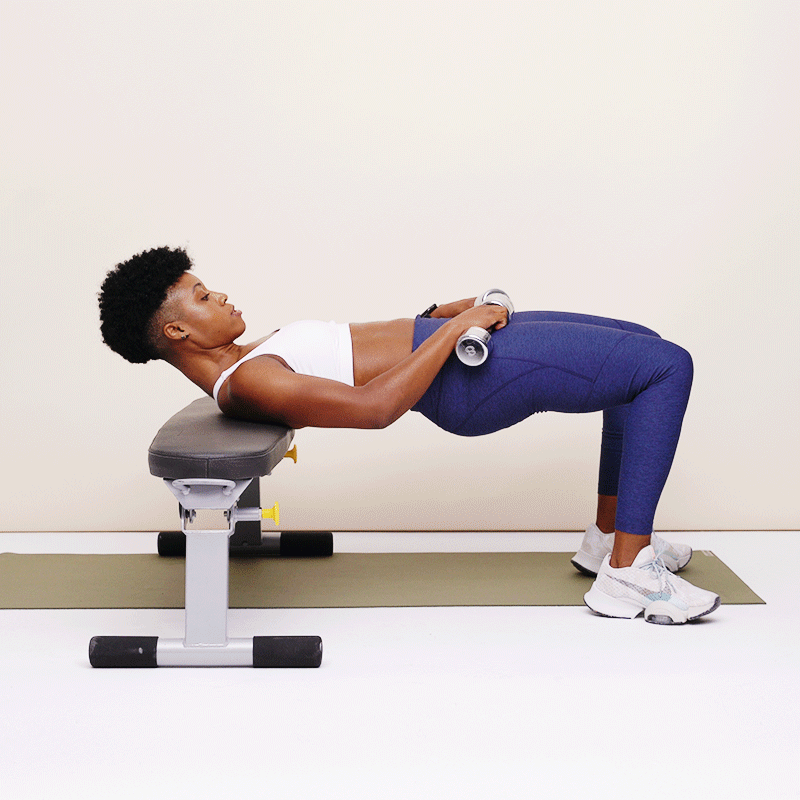
- Sit on the floor with your upper back against a bench.
- Place the kettlebell on your hips.
- Drive your hips upward, and squeeze your glutes at the top.
- Lower back down under control.
Benefits:
One of the most direct glute-isolation movements. Great for that “round” look.
Also Read: 11 Barbell Back Exercises to Build a Thicker, Wider Upper Body
5. Single-Leg Kettlebell Deadlift
How to do it:
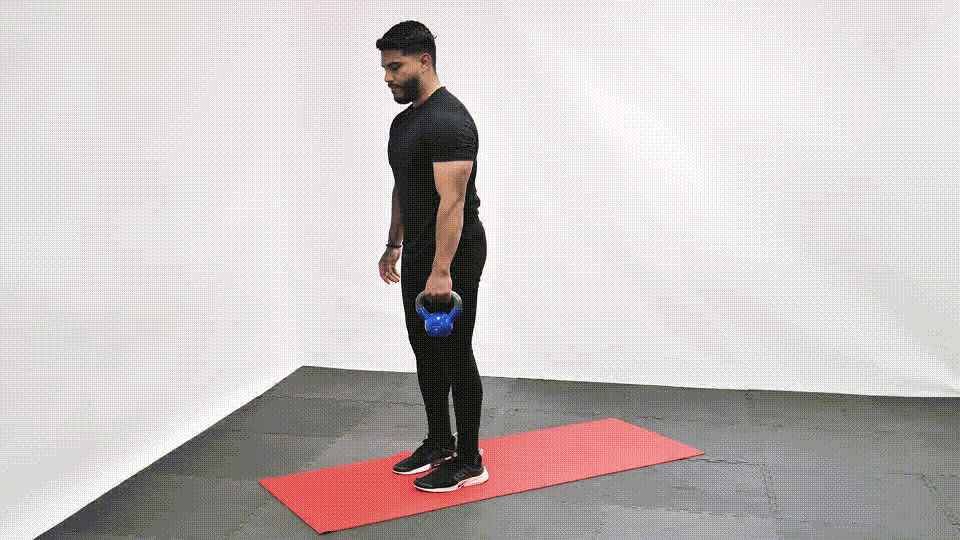
- Hold the kettlebell in one hand.
- Hinge at your hips while lifting the opposite leg behind you.
- Lower the bell towards the floor, then return to standing.
Benefits:
Improves glute symmetry, balance, and lower-body coordination.
6. Kettlebell Step-Up
How to do it:
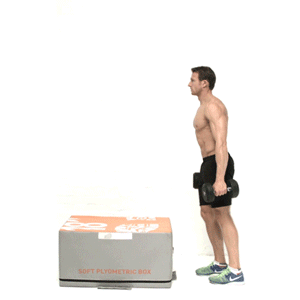
- Hold a kettlebell in one or both hands.
- Step onto a sturdy bench or box.
- Push through your heel to step up, driving the opposite knee upward.
- Step back down and repeat.
Benefits:
Builds unilateral glute strength and mimics natural movement patterns.
7. Kettlebell Lunge (Forward & Reverse)
How to do it:
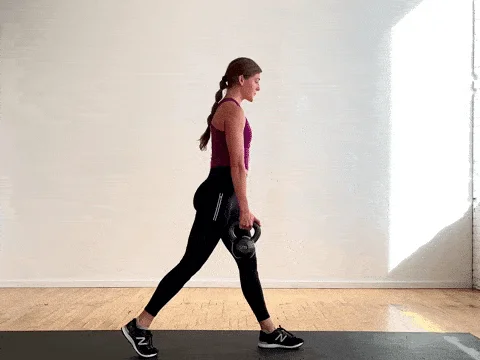
- Hold a kettlebell in a goblet or racked position.
- Step forward or backward into a lunge.
- Push through the front heel to return to standing.
Benefits:
Strengthens glutes, and hamstrings, and improves hip flexibility.
Also Read: 12 Dumbbell Glute Exercises That Build a Rounder, Stronger Butt Fast
8. Kettlebell Curtsy Lunge
How to do it:

- Hold the kettlebell in the goblet position.
- Step one leg behind and across the other.
- Lower into a lunge, then return to starting.
Benefits:
Hits the gluteus medius—key for roundness and outer-hip stability.
9. Kettlebell Glute Bridge
How to do it:
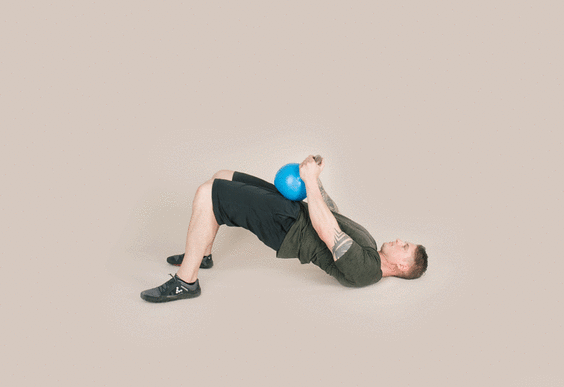
- Lie on your back, knees bent, kettlebell resting on hips.
- Drive hips upward, pause at the top.
- Slowly return to the ground.
Benefits:
Activates glutes with minimal pressure on knees and lower back.
10. Kettlebell Bulgarian Split Squat
How to do it:
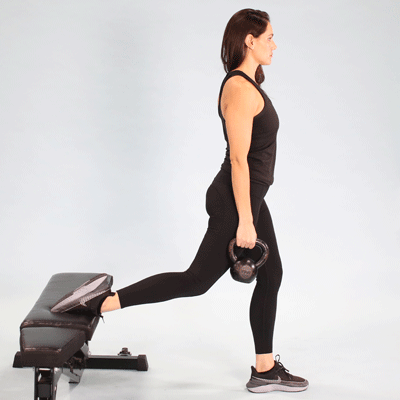
- Stand in front of a bench, rear foot elevated.
- Hold kettlebell in one or both hands.
- Lower into a squat on the front leg.
- Drive up through the heel.
Benefits:
Max glute isolation with a stretch that builds shape.
Quick Tip: Go slow on the way down for more time-under-tension on the glutes.
Also Read: 14 Dumbbell Exercises to Strengthen Your Lower Back & Banish Pain
11. Kettlebell Around-the-World Lunge
How to do it:
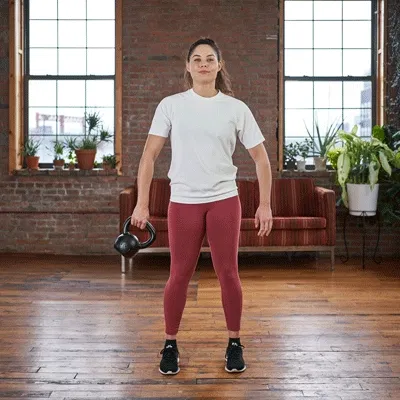
- Perform forward, side, and reverse lunges without resting.
- Hold the kettlebell in goblet position.
- Switch legs and repeat the sequence.
Benefits:
Hits glutes from every angle—front, side, and back—boosting full development.
12. Kettlebell Farmer’s Walk with Glute Squeeze
How to do it:
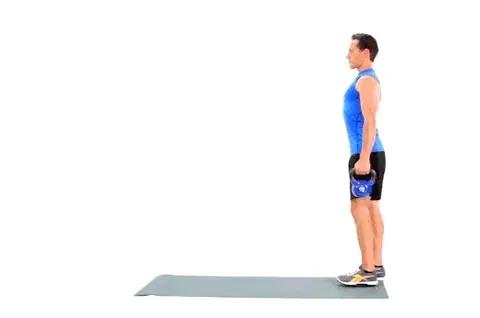
- Hold a heavy kettlebell in each hand.
- Walk slowly, maintaining tight glutes and upright posture.
- Focus on squeezing glutes with each step.
Benefits:
Surprisingly effective for engaging glutes while enhancing grip and core strength.
Final Thoughts: It’s Not Just About the Booty
Training your glutes does more than shape your physique—it supports spinal health, improves daily movement, and can even reduce knee pain.
And when you combine kettlebells with proper form and consistency, your results come quicker than you think.
So, next time you pick up a kettlebell, remember: it’s not just a weight—it’s a sculpting tool for strength, aesthetics, and power.
Also Read: 13 Best Dumbbell Triceps Workouts for Sleeve-Busting Arms
Frequently Asked Questions (FAQs)
Can kettlebell exercises really grow and shape my glutes?
Yes! Kettlebell exercises are highly effective at targeting the glute muscles, especially when you use proper form and progressive overload. They engage all parts of the glutes while also improving strength, power, and endurance.
How heavy should my kettlebell be for glute workouts?
If you’re a beginner, start with a kettlebell between 8–12 kg (18–26 lbs). As you get stronger, gradually increase the weight to continue challenging your glutes. For exercises like deadlifts and swings, you can use heavier weights than for lunges or step-ups.
How many times per week should I train glutes with kettlebells?
2–3 times per week is ideal for glute development, ensuring enough stimulation and recovery. Be consistent, and give your muscles at least 48 hours of rest between intense glute sessions.
Are kettlebell glute workouts good for beginners?
Absolutely! Kettlebell movements are scalable. You can start with bodyweight versions of each movement, then progress by adding kettlebells as you gain strength and confidence.
Can I replace my leg day with kettlebell glute exercises?
You can. Kettlebell glute workouts offer a powerful lower-body challenge and can effectively substitute for traditional leg day exercises. They also engage your core, hamstrings, and stabilizer muscles.
Will kettlebell glute exercises help reduce hip dips?
While spot-reduction is a myth, strengthening and growing the gluteus medius with specific kettlebell exercises (like curtsy lunges and step-ups) can add volume around the hip area and visually reduce the appearance of hip dips.
How long does it take to see results in my glutes?
Most people begin to notice visible changes in 4–6 weeks with proper training, nutrition, and rest. Consistency is key to building shape and strength.
Can I do these glute exercises at home?
Yes! All 12 kettlebell exercises can be performed at home with minimal space and just one kettlebell, making them perfect for home workouts.
Should I do all 12 exercises in one workout?
Not necessarily. Choose 4–6 exercises per session and rotate them weekly to avoid plateaus. You can follow a circuit or superset format for time-efficient workouts.
Do kettlebell glute exercises also work the thighs and hamstrings?
Yes, many of the movements—like swings, deadlifts, and lunges—recruit hamstrings, quads, and inner thighs alongside the glutes, giving you well-rounded lower-body development.
